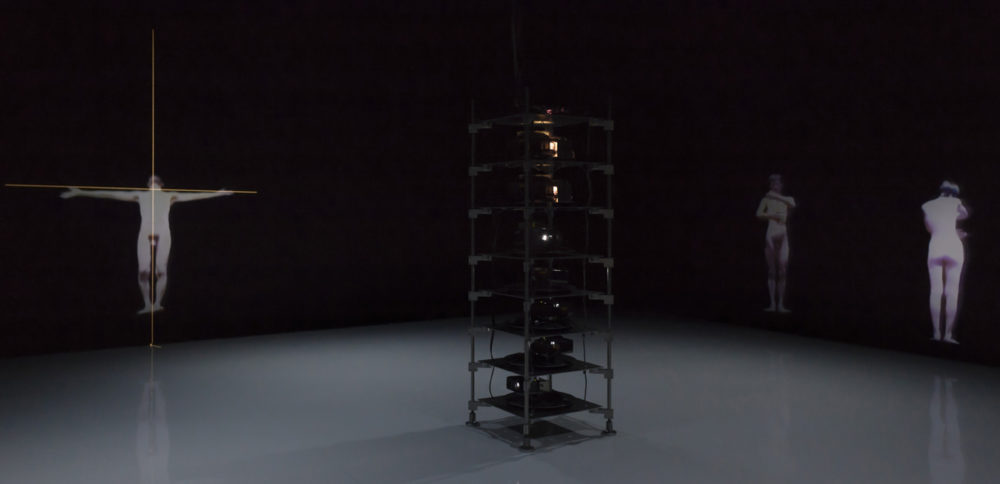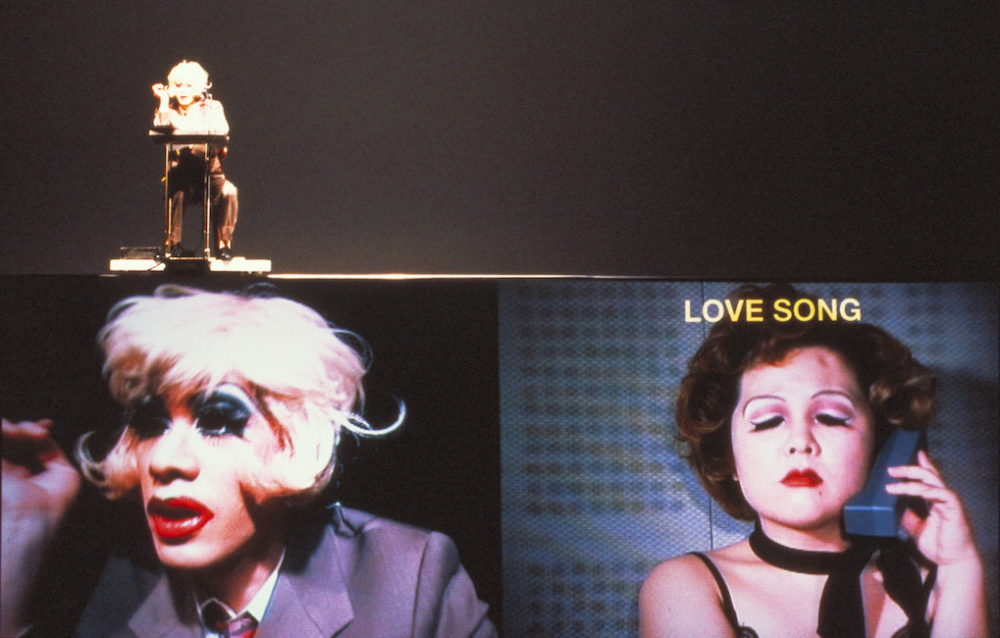Visual AIDS is thrilled to announce that Japanese curator Sho Akita will be our eighth International Curatorial Resident. Originally planned for April 2020, Sho's residency will take place virtually throughout Spring 2021. During his residency, Sho will research the life of Japanese artist Teiji Furuhashi (1960–1995), building an archive of the creative and activist exchange that Furuhashi facilitated between Japan and the United States.
On April 30, 2021, Visual AIDS and Sho Akita hosted "LIFE WITH VIRUS": Teiji Furuhashi in New York, an online program with friends of Teiji Furuhashi.
Below, Sho introduces himself and his plans for the residency:
I am a film/video curator working in Tokyo, Japan, where I run Normal Screen, a screening platform for queer film from around the world. I work with artists, scholars, friends, and cinemas to create spaces where marginalized voices and bodies can be heard and seen. I also write a bi-monhly column about movies that deal with HIV and AIDS and I’ve programmed shorts and feature films for Tokyo AIDS Week. For the past five years, I have screened Visual AIDS’ Day With(out) Art video projects with Japanese subtitles. These screening events have been one of the few opportunities to have nuanced dialogue around the subject of HIV and AIDS in Tokyo.
During my residency with Visual AIDS, I will research the life and work of Teiji Furuhashi. Teiji lived in Kyoto, Japan and was a member of the Japanese multimedia art collective Dumb Type. He spent a significant amount of time in New York, both on tour with Dumb Type and independently. The collective was formed at Kyoto City University of Arts in the 1980s, and Teiji was both one of the brains behind it and also a great performer. In the mid 2000s, I went to art school in Kyoto to study video and theater arts, and my friends and I looked up to Dumb Type like a legend. I later moved to New York City, and as I walked through the streets downtown I often wondered about Teiji’s life in New York, realizing how little I knew about his personal life.
If you lived in New York in the early 1990s, you might have seen Dumb Type perform at P.S. 122 or at the Brooklyn Bridge Anchorage. While Dumb Type presented its work very seriously, Teiji and other members of the collective also performed in drag while on tour, including at the Pyramid Club in New York. In fact, Teiji brought Western drag queen culture to Japan, starting a monthly party called “Diamonds Are Forever” that continues to this day!





